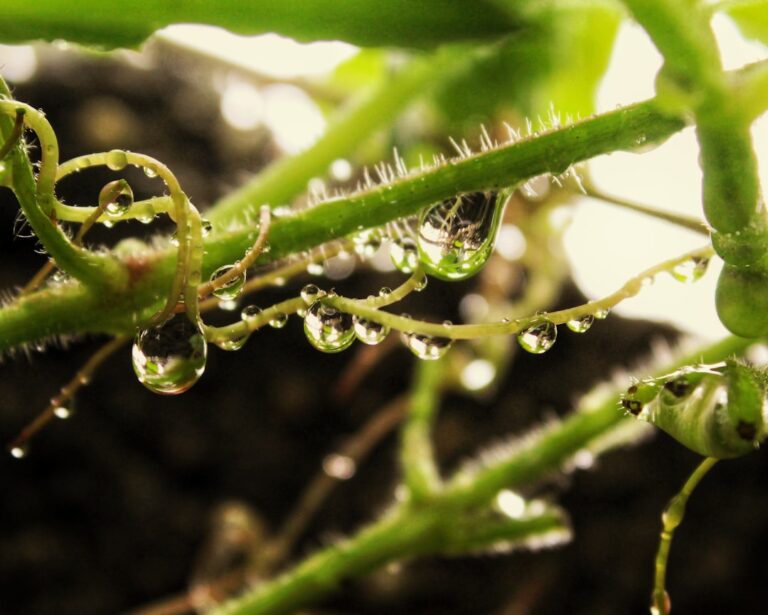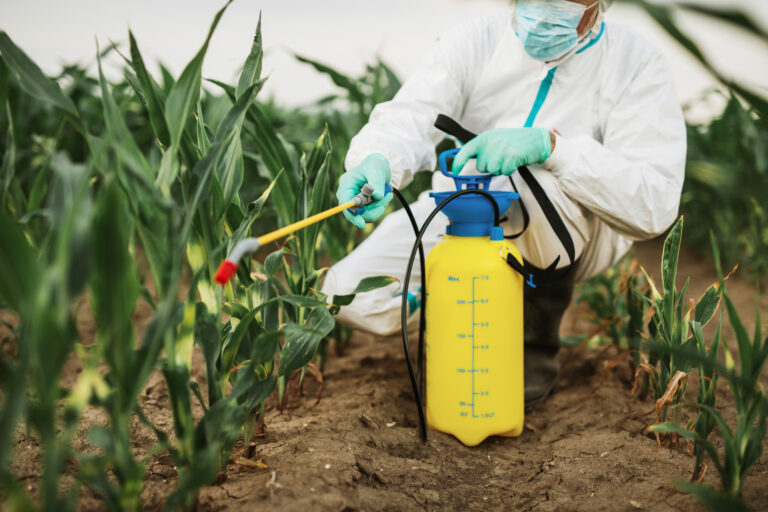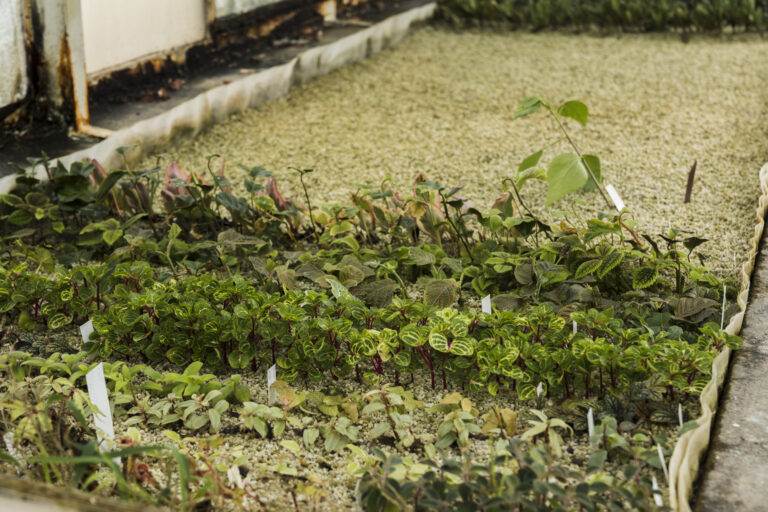Benefits of Implementing Sustainable Landscaping Practices

Environmental Benefits
Sustainable landscaping practices focus on conserving resources and promoting biodiversity, which leads to a healthier environment. By integrating native plants, homeowners and businesses can support local wildlife, such as pollinators, while minimizing water usage. This approach not only reduces the need for synthetic fertilizers and pesticides, preserving soil quality and water sources, but also enhances the aesthetic appeal of outdoor spaces. Furthermore, sustainable landscapes help mitigate urban heat, reducing energy costs and promoting cooler microclimates.
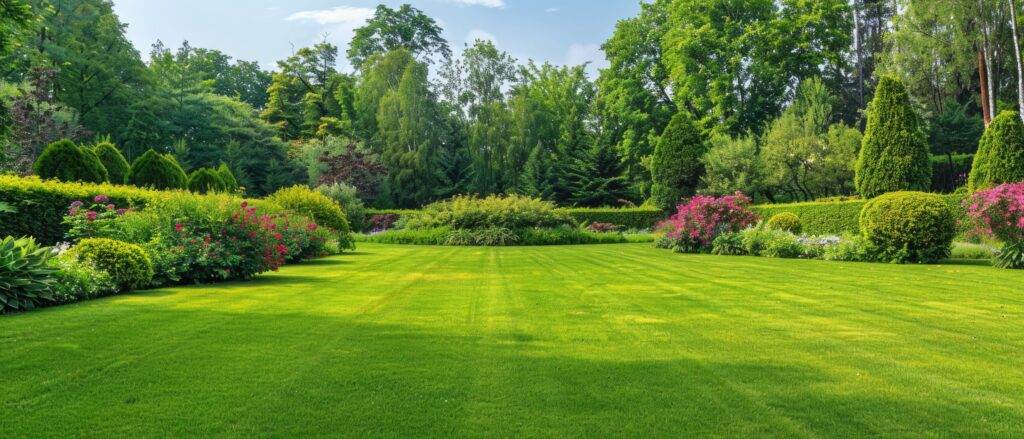
Economic Benefits
Sustainable landscaping offers notable economic benefits, including reduced water and maintenance costs from drought-resistant plants and organic techniques. Properties designed with sustainability in mind often have higher market value and attract eco-conscious buyers, boosting sales potential. Incentives like grants and tax credits from local governments add to the financial appeal. Beyond environmental contributions, these practices provide long-term savings and increased property value. Embracing sustainable landscaping promotes both ecological and economic stability, paving the way for a more sustainable future while reaping practical rewards.
Choosing Native Plants for Drought Tolerance
Importance of Native Plants
Native plants are essential in sustainable landscaping, particularly in regions prone to drought. These plants have adapted over time to local climates and soils, making them inherently more resilient to extreme weather conditions. By incorporating native flora into landscaping projects, individuals can drastically reduce their water consumption compared to non-native species. Moreover, native plants typically require less maintenance, as they are better suited to thrive without excessive fertilization or pesticide application. This not only promotes a healthier ecosystem but also allows homeowners and businesses to save time and resources.
Recommended Native Plant Species for Central Valley
For the Central Valley region, selecting the right native species is crucial for achieving drought tolerance and aesthetic appeal. Some recommended plants include the California Poppy, which showcases vibrant orange blooms and attracts pollinators. The Blue Oak provides shade and supports diverse wildlife, while the Yarrow is known for its hardy nature and ability to thrive in dry conditions. Additionally, incorporating Geum triflorum, also known as purple avens, can enhance the beauty of landscapes with its delicate flowers. By choosing these native plants, property owners can create sustainable and visually appealing outdoor spaces that require minimal irrigation and maintenance. In conclusion, leveraging native plant species not only fosters environmental conservation but also contributes to long-term sustainability and cost-effectiveness in landscaping practices. Embracing these plants helps pave the way for a greener, healthier future.
Water Conservation Strategies for Landscape Maintenance
Efficient Irrigation Systems
Incorporating efficient irrigation systems is imperative for minimizing water usage while maintaining vibrant landscapes. Drip irrigation and soaker hoses are two popular methods that deliver water directly to the plant roots, significantly reducing evaporation and runoff. Furthermore, utilizing timers and smart controllers can optimize watering schedules based on climate conditions and moisture levels in the soil. This reduces the amount of water wasted while ensuring that plants receive the nourishment they need to thrive. Moreover, investing in high-efficiency nozzle technology for sprinkler systems can help disperse water uniformly, providing even moisture coverage to the landscape while further conserving resources.
Rainwater Harvesting Techniques
Another innovative strategy for water conservation in landscape maintenance is the implementation of rainwater harvesting techniques. Installing rain barrels or cisterns enables homeowners and businesses to collect and store rainwater from roofs, which can later be used for irrigation. This natural resource is not only free but also reduces dependency on municipal water systems. Additionally, creating permeable surfaces in landscaping, such as gravel paths or porous pavers, can allow rainwater to seep into the ground, replenishing groundwater supplies while minimizing surface runoff. By adopting these water conservation strategies, property owners can ensure that their landscapes remain healthy and sustainable without the fear of depleting vital water resources. Overall, integrating these practices into landscaping not only supports environmental sustainability but also ensures a robust landscape even in the face of drought conditions.

Soil Health and Natural Fertilization Methods
Composting Benefits
Composting is a cornerstone of enhancing soil health and fostering sustainable landscaping practices. By converting organic waste materials such as kitchen scraps, yard clippings, and shredded paper into nutrient-dense compost, landscape managers can improve soil structure and fertility. This process enriches the soil with essential nutrients, promoting microbial activity that is crucial for plant growth. Furthermore, composting significantly reduces landfill waste, supporting environmentally-friendly waste management practices. The application of compost not only enhances nutrient availability but also improves soil moisture retention, which is particularly advantageous during dry spells. Overall, integrating composting into landscape maintenance leads to healthier plants and a vibrant ecosystem.
Organic Fertilizers for Sustainable Landscaping
Utilizing organic fertilizers presents a sustainable alternative to synthetic options, aligning with the principles of natural landscaping. These fertilizers, derived from plant and animal materials, release nutrients slowly, allowing for prolonged nourishment of plants and reducing the risk of nutrient runoff. Common organic fertilizers include well-composted manure, bone meal, and fish emulsion. Applying these organic amendments not only enriches the soil but also encourages the growth of beneficial microorganisms, which enhance soil fertility and maintain ecological balance. Adopting organic fertilization methods promotes environmental sustainability while providing a safe growing environment for both plants and local wildlife. By prioritizing soil health through composting and organic fertilizers, landscape professionals contribute to a greener future while ensuring the thriving health of their landscapes.

Integrated Pest Management Techniques
Biological Pest Control
Biological pest control leverages natural predators and parasites to regulate pest populations effectively. This environmentally friendly approach involves introducing beneficial insects such as ladybugs, lacewings, or predatory mites into landscapes to combat harmful pests like aphids or spider mites. By maintaining a healthy ecosystem where these beneficial organisms thrive, landscape managers can naturally suppress pest outbreaks while minimizing the reliance on chemical pesticides. This technique not only benefits plant health but also promotes biodiversity within the landscape, creating an ecological balance that encourages healthy growth.
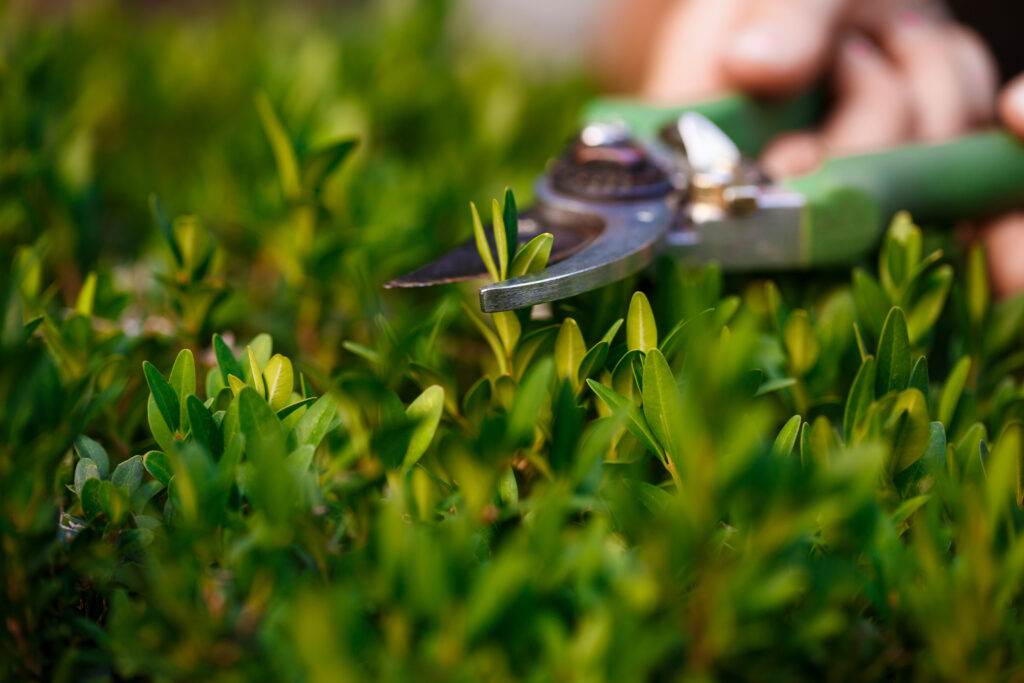

Natural pest deterrents
are vital tools in the integrated pest management toolbox. These deterrents, which can include essential oils, plant extracts, or mundane household items like garlic and cayenne pepper, effectively repel unwanted pests without harming beneficial organisms. Landscape professionals are encouraged to experiment with homemade solutions or commercially available organic sprays to protect their landscapes from pests like caterpillars and beetles. Moreover, implementing companion planting—where certain plants are sown together to deter pests—can further enhance pest control efforts while optimizing space and aesthetics in the garden. By utilizing these natural methods in tandem with biological control, landscape managers foster a healthy environment that reduces the need for synthetic chemicals. Integrated pest management not only safeguards landscapes but also promotes sustainability, paving the way for ecologically responsible practices within the landscaping industry.
